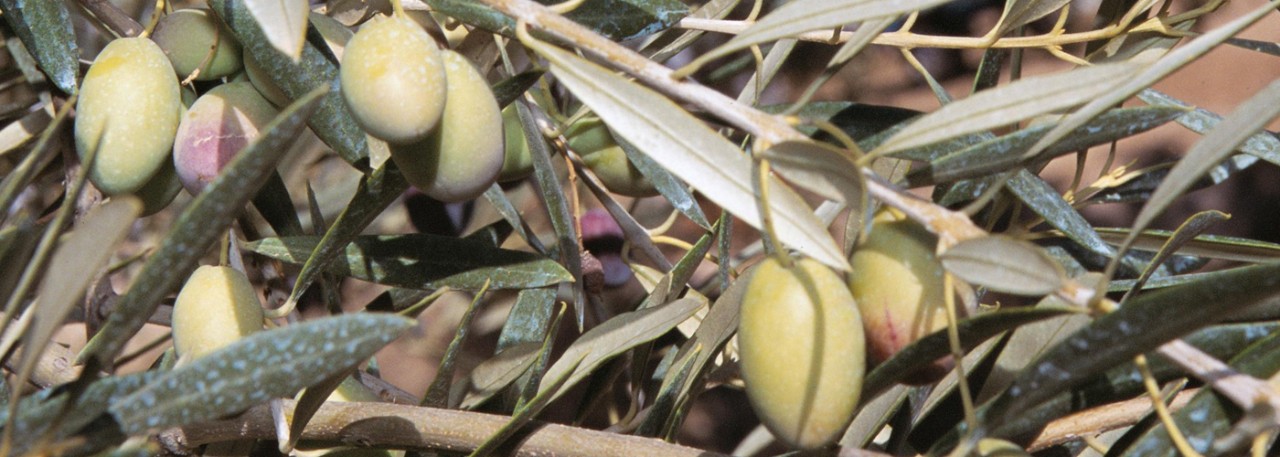.png.transform/rendition-xs/image_image%20(1).png)
Sierra de Cádiz PDO
Extra virgin olive oil obtained from the fruit of olive trees (Olea europea, L) of varieties Lechín de Sevilla, Manzanilla, Verdial de Huévar, Verdial de Cádiz, Hojiblanca, Picual, Alameña de Montilla and Arbequina.
Tasting notes
These oils have medium to intense fruity aromas of green or ripe olives, suggestive of woodland fruits and smells. They are well balanced on the palate, with a slightly bitter, piquant taste.
Other notes
Analytical Data:
- Maximum acidity 0.6º
- Peroxide value maximum 18 m.eq. of active oxygen per kgc
- Ultraviolet absorbance (k 270) maximum 0.20
- Moisture maximum 0.1 per 100
- Impurities maximum 0.1 per 100
Production / Processing method
The olive groves in this area are unirrigated and generally occupy steep, rocky, marginal land where it is difficult to grow other, less adaptable, crops. For the most part, they are long-established (the oldest are over a century old) and consist of small plots, many of them between five and ten hectares (12.35 – 24.71 acres). Access with modern farming machinery is difficult, so plowing and harvesting with the aid of mules is still a common practice in many plantations.
Harvesting methods vary, though the tendency is to adhere to traditional practices, which cause least damage to trees and fruit. Once picked, the olives are transported to the mills, in conditions that ensure that they are damaged as little as possible.
The olives arrive at the mill already sorted into those that have touched the ground and those that have not. Processing encompasses cleaning, washing, storing, grinding, malaxation, separation of the liquid and solid phases (2 or 3-stage systems), and separation of the liquid phases (by centrifugation or a mixed system). After extraction, the oil is stored in a warehouse where it will remain until it is ready for sale. This PDO’s extra virgin olive oils must always be packaged in glass.
Geography / Relief and climate
The Sierra de Cádiz district embraces two zones of different geographical type: on the one hand, the Grazalema massif and, on the other, the north-western zone where the true olive producing territory lies. The two zones are separated by the river Guadalete. Soils in the Sierra de Cádiz are poor and unsuitable for cultivation, except for herbaceous crops in the flatter parts and olive trees in where the terrain is steeper. The proximity of Sierra de Grazalema Natural Park endows the territory with its own particular environmental characteristics. The weather is very different from that in the rest of the province because of the higher altitude - as high as 1,800 m (5,905 ft). This is one of the coldest areas in Cadiz province, given the added factor of its distance from the sea. Average annual rainfall exceeds 600 mm (23.62 in).
Regulatory Council
Consejo Regulador de la DOP Sierra de Cádiz
C/ Encaladora nº 40 11690- Olvera-Cádiz.
11690 Olvera (Cádiz)
Tel: (+34) 956 130 034
aceitecadiz@interbook.net
www.dopsierradecadiz.com
Sources:
- Spanish Ministry of Agriculture
This PDO’s extra virgin olive oils must always be packaged in glass.


- Sierra de Cádiz 1
- Sierra de Cádiz 2
